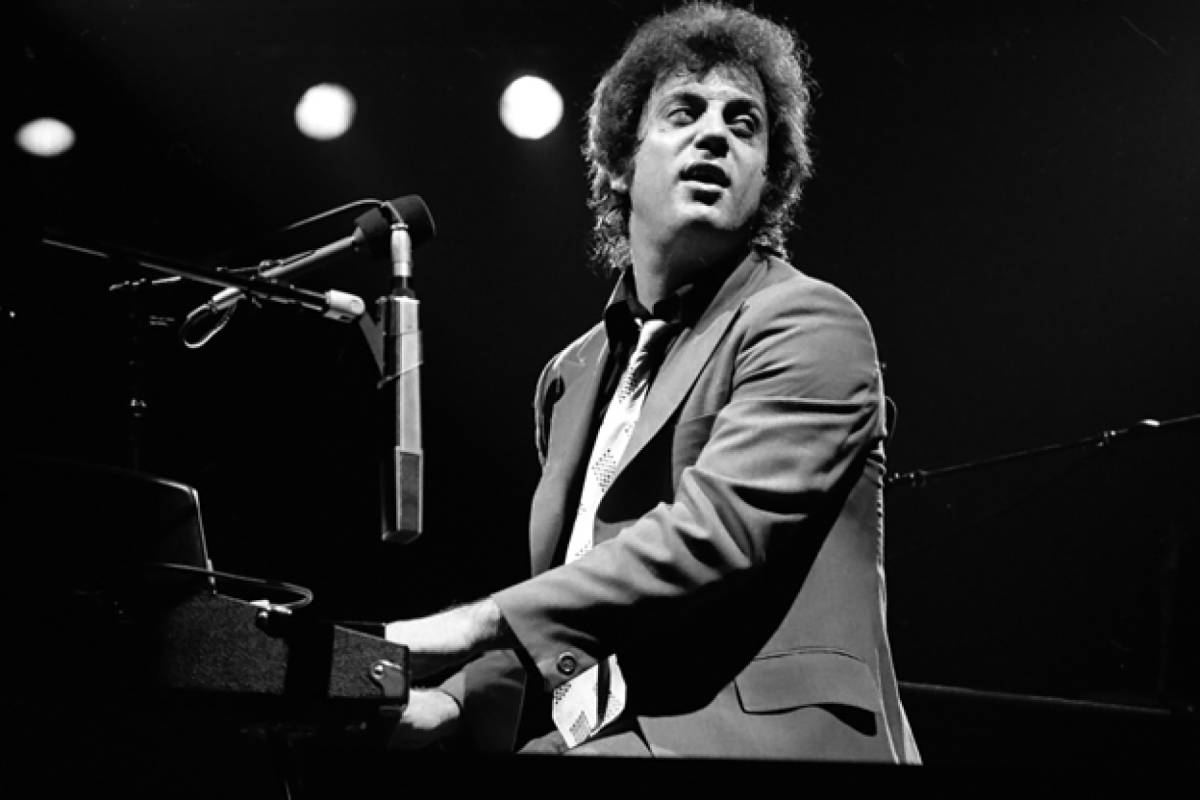This is an excerpt from my book, The Pursuit Of Excellence
I love learning how world-class performers produce their work. What I find so fascinating is how unique the processes are that creators use to pursue their craft. Their methods are as diverse as their personalities. Take, for example, Billy Joel: the five-time Grammy Award-winning songwriter and musician who is not only a member of the Rock and Roll Hall of Fame but is also the only nonclassical musician to have his portrait on display in the midtown Manhattan showroom of the famous piano maker Steinway & Sons.
Singer-songwriter Tom Bahler recounted a writing session he had with Billy Joel that turned into the hit song, “The Longest Time.” As Bahler recalls, Billy Joel came into the studio with “a spiral-bound college notebook.” Bahler sees Joel turn to a blank page in the notebook, jot down the title “For the Longest Time,” and start writing lyrics. After the Piano Man finished filling up the page with the new song’s lyrics, he turned the page and wrote them all again. Only this time, Bahler noticed it was with the exception of the title. Joel simply rewrote the lyrics from start to finish, with only a word or two being different from the version on the preceding page. According to Bahler, this repetitive process of evolution continued for “like 10 or 20 times” before Joel closed the notebook. The scene prompted Bahler to blurt out, “What the hell?” “What?!” responded Joel. “Well, Billy,” said Bahler, “I’m a writer, and most writers—I don’t know anybody who writes like that. If we get an idea, we cross out a line and replace it.” “Oh no, no, no, man. I don’t do that,” Joel said. “That would send my subconscious a message that I had made a mistake. And this is a process,” he added, holding up the notebook.
The message left a lasting impact on Bahler. He explains, “That’s one of the most important lessons I’ve ever learned, and I’ll never forget that moment.” That story illustrates the intricacies and quirks of a process unique to one person. Billy Joel’s process is what helps get the genius from his head to the page and ultimately to our ears. While it may not be the process for others, it’s his. And that’s what is most important. He’s figured out how to send the right subconscious messages to his brain that enhance his creativity. He sees his songwriting as less of a writing process and more of a sculpting exercise, one that reveals what he hears within the music he writes. “I think every piece of music has something apparent in it lyrically. For me it’s like fate knocking on the door… it’s like Michelangelo sculpting marble. Inside that marble is the sculpture, he’s just got to find it. That’s how I write lyrics. I write music and then ask, ‘What does this music say to me?’”
Here is one of our generation’s greatest pop music songwriters saying, “This is how I work.” He is not saying, “Here is how you should do it, too.”
What is your process? What is the optimal setup for you to produce your best work? It’s worth figuring that out so that you can put yourself in a position to perform at an excellent level consistently. A valuable element of self-awareness is truly developing a sense of your own personal creative process—what works for you. Billy Joel discovered his. You have one, too. It’s your job to find it. And when you do, integrity demands that you stay true to it. Trust yourself and your own personal excellence process.


Thank you, Ryan
[…] Hawk, Ryan. “How Billy Joel Wrote ‘The Longest Time’” Learning Leader, 2022, https://learningleader.com/billyjoel/ […]